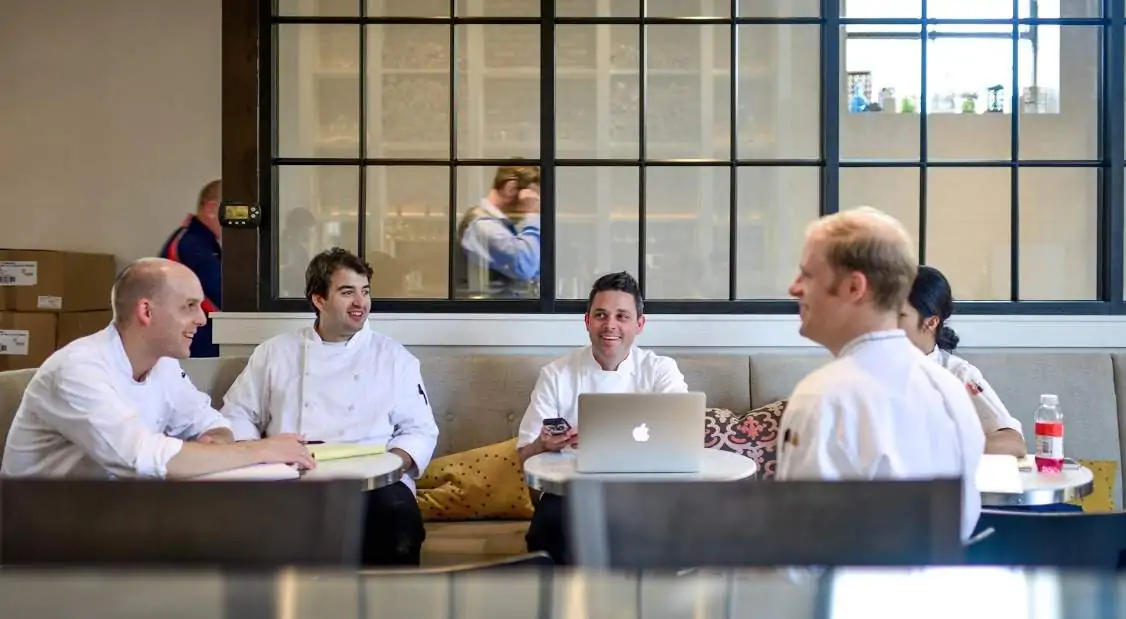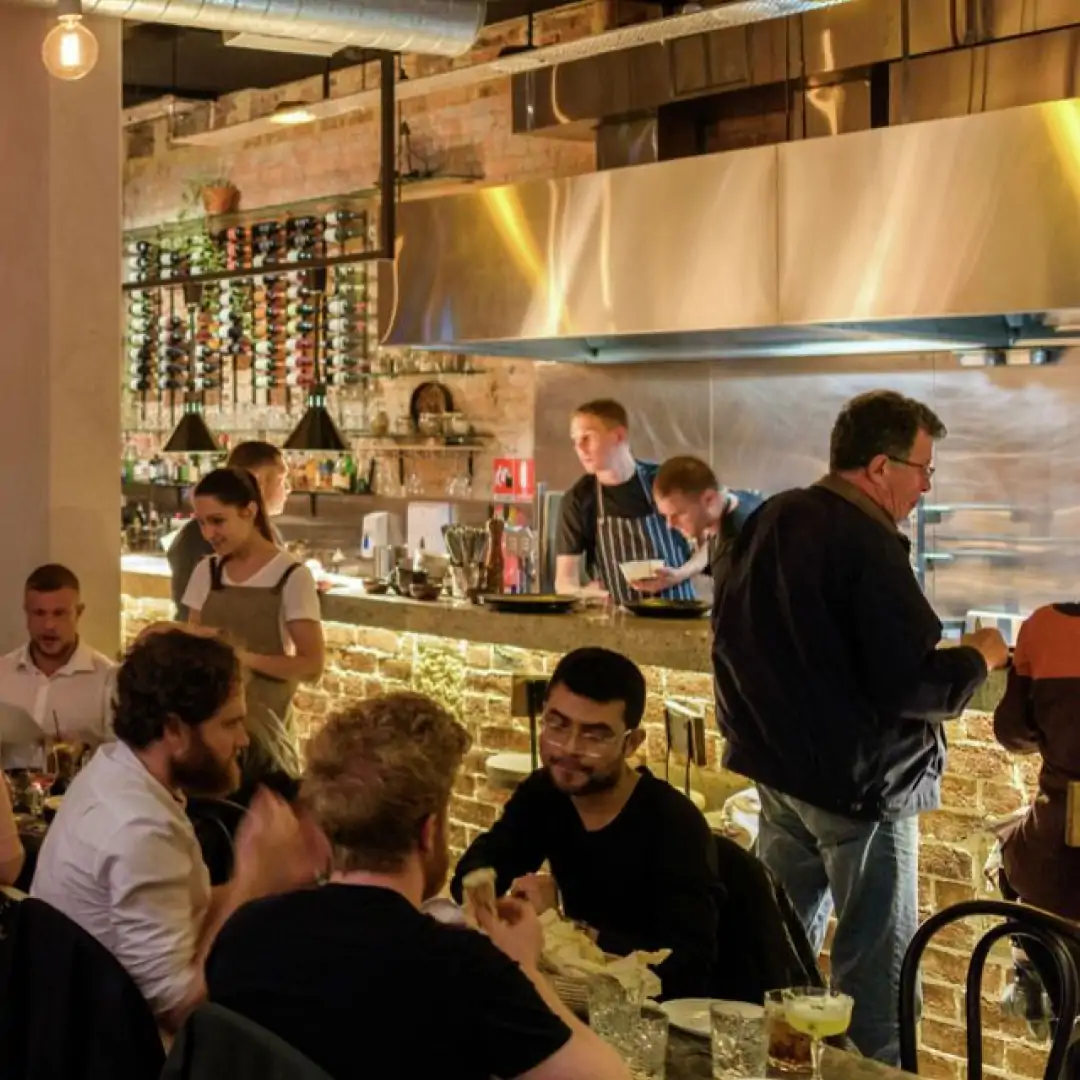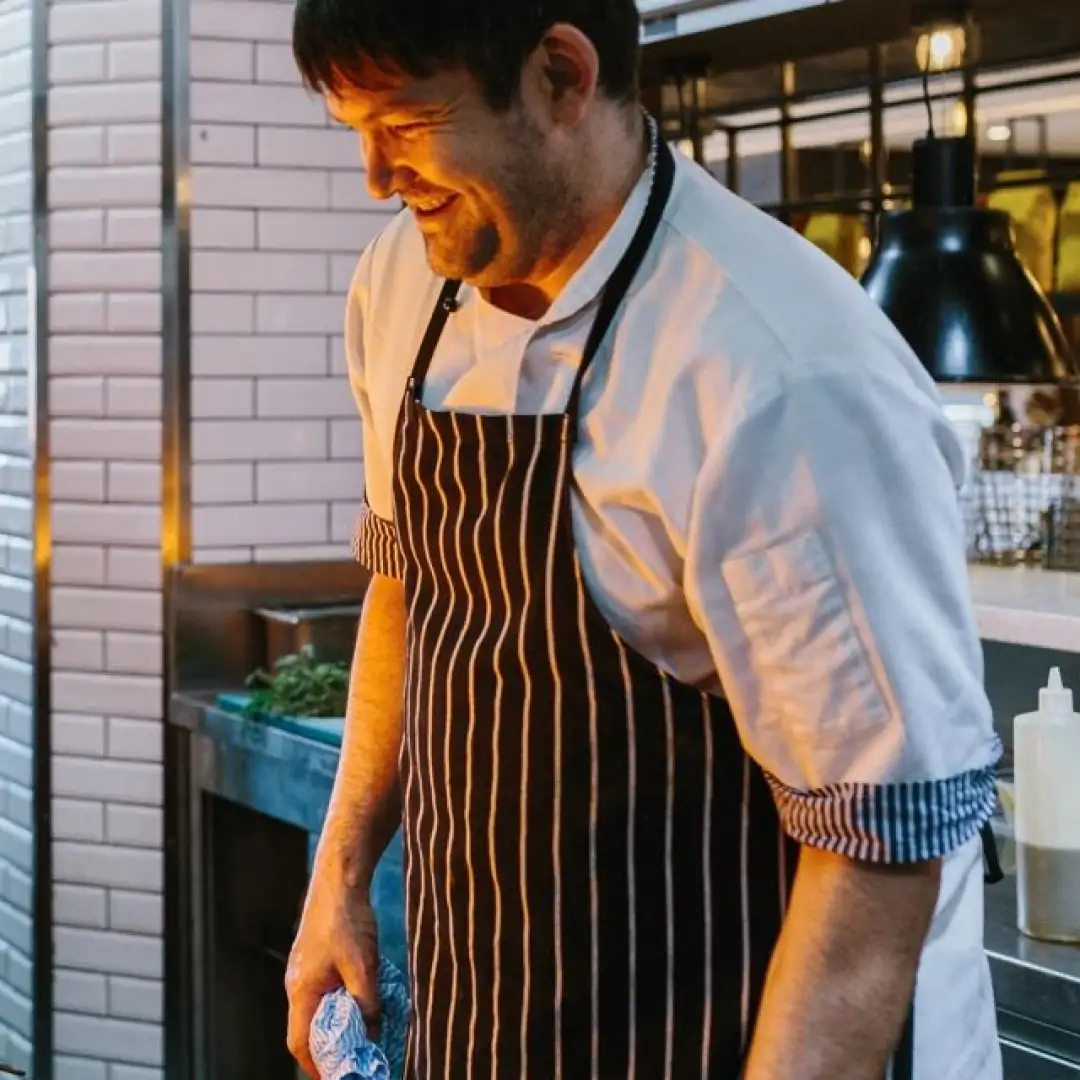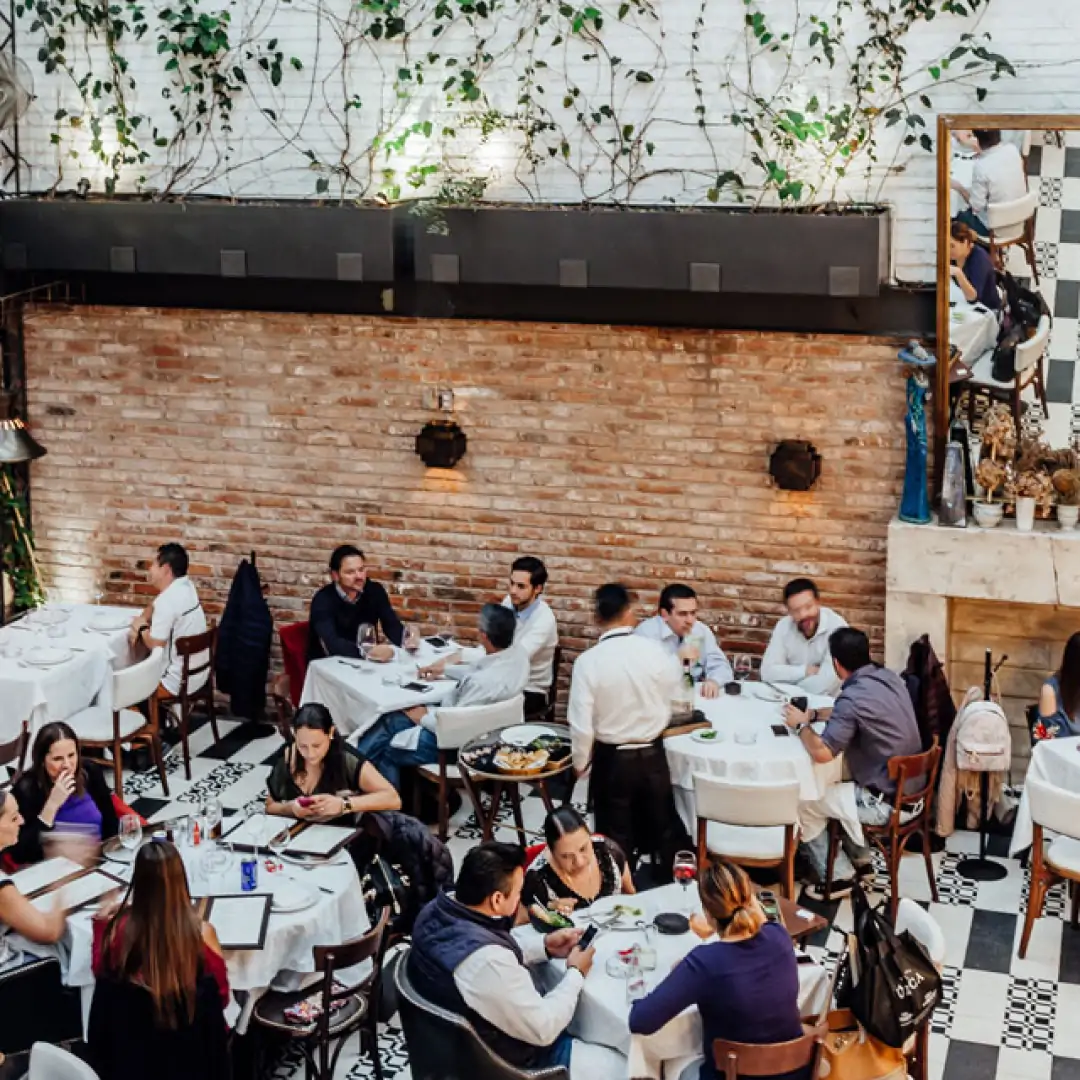For those in the restaurant business, “location, location, location” is a phrase we’ve all heard more times than we care to count, and for good reason. Choosing a location is a critically important decision that can quickly turn a solid, well-conceived business plan into a failed restaurant if not handled properly. In addition to being one of the most significant determinants of financial viability, decisions regarding location aren’t easy to undo. Changing your mind will be expensive, difficult, and damaging to the perception of your brand.
While there is no exact recipe to securing the perfect space in a great location, there are a number of considerations that will get you headed in the right direction. Here are a few key tips to help you find the best home for your restaurant.
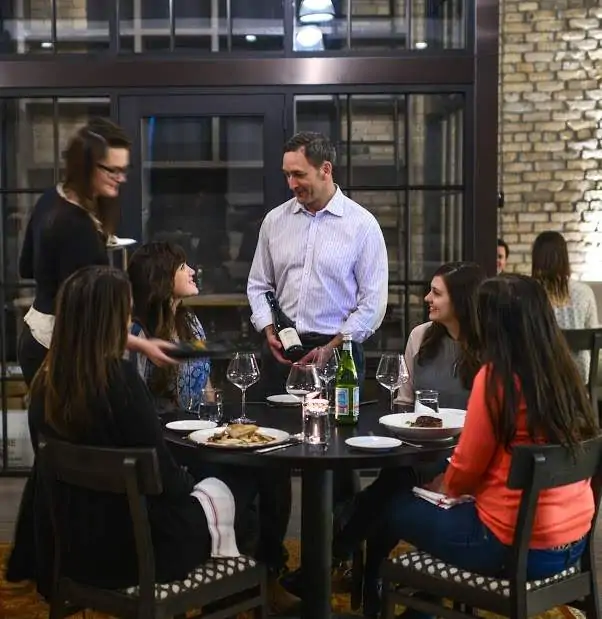
Find your people
Before you can intelligently consider a good location, you first must understand who you expect your potential customers to be. Your customers are going to pay your bills, so investing time to ensure their paths intersect with your restaurant is crucial. Figure out where they live, where they work, and where they spend their time when they aren’t in one of those two places. Ideally, you’ll be able to find some areas that encompass more than one of these categories; if you are located in a neighborhood where your target market both lives and works, there’s a better chance they’ll visit regularly.
Finding this information may sound daunting, but there are a number of resources available to assist you in the process of identifying your people.
Get a demographic overview of every location you’re considering. Be sure to look at age, income, population density, foot traffic, and number of households. An excellent starting point for big picture demographic data is the U.S. Census Bureau. Within their site, American FactFinder is the easiest way to electronically search for data from multiple Census sources for free. Once you’re ready to hone in on specific neighborhoods, SimplyMap and Social Explorer are great resources for intuitive, easy-to-read maps that use demographic, business, and marketing data from government agencies and private market research firms.
Research plans for future development. Upcoming neighborhood additions like sports arenas, condominium complexes, and transportation hubs should be considered. Remember that having more people around isn’t as important as having the right people around. Most counties make plans for the development of public areas available on sites like this San Francisco-specific one (just search for your city’s planning department on Google to find your local site), and Curbed often posts summaries of upcoming commercial projects in the areas they cover. Check online to see what’s ahead for your city.
Map the competition. Successful restaurants with concepts and target markets similar to yours are a great way to find out where your future customers are spending their time and money. If you’re unfamiliar with the competition in the market you’re entering, Zagat can quickly map restaurants using detailed filters for city, neighborhood, cuisine, and their own ratings for food, cost, service, and decor.
Embrace the competition
It may sound counterintuitive, but the perfect location is usually as close to your biggest competitor as you can get—it’s even better if you can nestle yourself into a cluster of them. Think of it this way: If your direct competitors are already in business and experiencing success, they’re proof that the location they have is a fit for the target audience you share.
Because they’ve done the hard work by validating the area and market fit, it’s a great idea to seek out spaces nearby or even on the same block. It’s in your best interest to capitalize on what your peers have already established and place yourself into an already engaged and primed community.
So when evaluating where to settle in, don’t be shy about exploring locations right in the thick of the competition. Consider it more joining the flock than swimming with sharks. Adding yourself to a collection of other magnet locations will stimulate quality foot traffic and lift the profile of your brand, and is overall a much more successful strategy than trying to get your customers to come to an area where you are one of one.
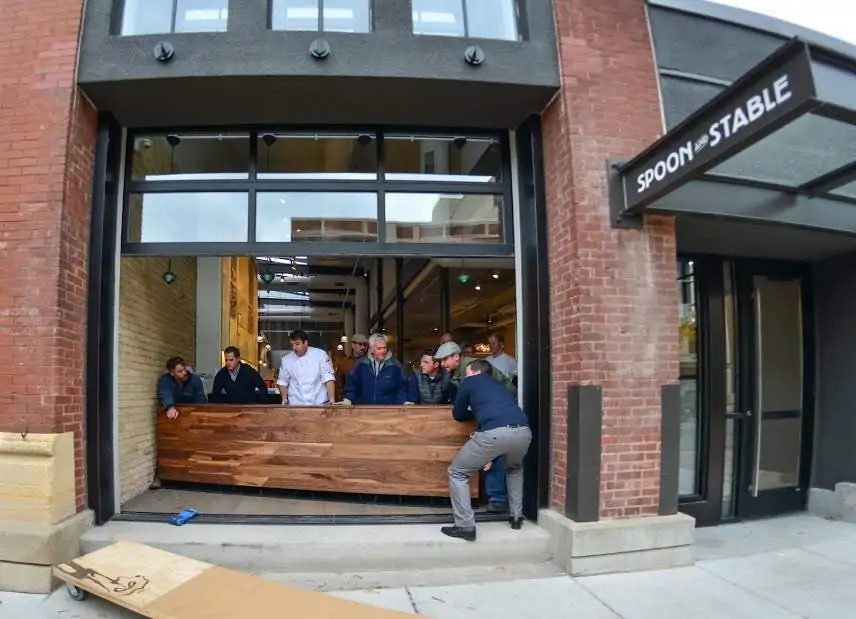
Don’t choose the road less traveled
While some adages like “location, location, location,” ring true, others like “if you build it, they will come,” do not. Gavin Kaysen, the Executive Chef and owner of Spoon and Stable, looked at more than 60 spaces in multiple locations before finding the restaurant’s home in the North Loop neighborhood of Minneapolis. Three of his four biggest considerations in making this choice were directly related to accessibility: parking, foot traffic, and freeway proximity (the fourth was neighborhood growth potential).
Whether your concept is a destination fine dining establishment or a casual burger joint, your objective when seeking out a location is to make it as easy as possible for your potential customers to get there. The bottom line is: if you build it and they can’t get to it, they won’t come.
Accessibility also extends past customers to future employees. You will have a target employment market just as you have a target customer market, and one has to support the other in order for the whole operation to be successful. If you are starting a restaurant that will require your employees to come in early or leave late at night, make sure that you set yourself up in a neighborhood that has access to public transportation at those hours or a nearby parking lot if most people drive. Getting to and from work needs to be safe, fast, and cheap for the people you hope to employ.
Opening a restaurant is a huge undertaking, and anyone looking to do so has a vision of what the finished product will look and feel like. It’s easy to fall in love with a location or a space, but it’s important to balance that emotional appeal with a measured, strategic approach to finding one that fits your business model. By employing these tactics, you’ll give yourself and your new restaurant the best shot at success.
Photos courtesy of Bonjwing Photography.
When it comes to opening a restaurant smoothly and running it successfully, Alison Arth is a pro. She held leadership positions on the opening teams of multiple restaurants within Daniel Boulud’s prestigious Dinex Group in New York before working as General Manager of Locanda and Director of Food and Beverage at The Battery in San Francisco. Now, as the founder and principal of hospitality consulting firm Salt & Roe, she partners with restaurants to create consistent, genuine guest experiences and build long-term success. She’s been involved in at least 13 restaurant openings; most recently, she has consulted on the opening of Gavin Kaysen’s Spoon and Stable in Minneapolis.

